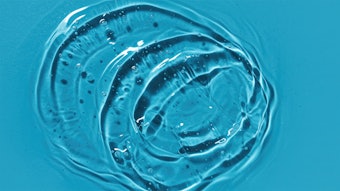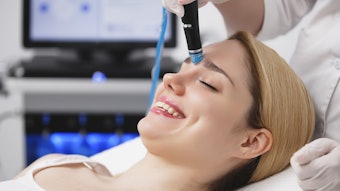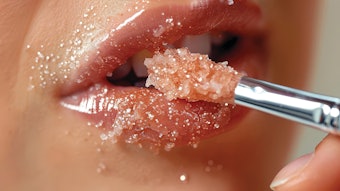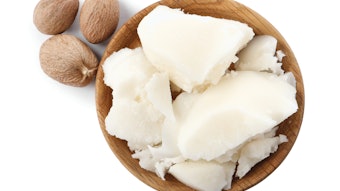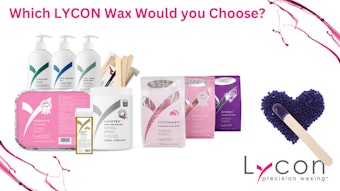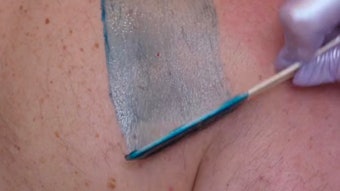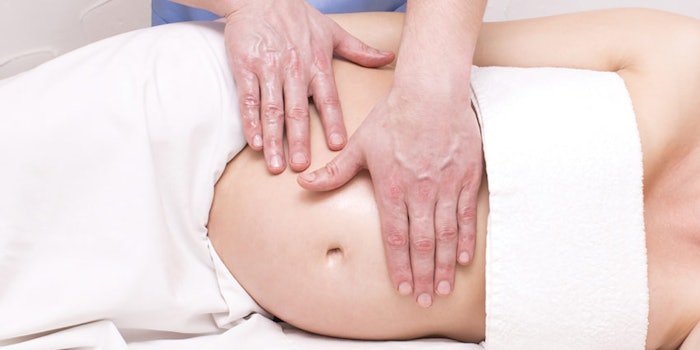
It takes a special, sympathetic and nurturing massage therapist to perform pregnancy massage. It is one of the most amazing massages to have the privilege to perform.
The benefits of prenatal massage include physiological, emotional and psychological improvements. This specialized therapeutic massage focuses on the special needs of the mother-to-be and her changing body during pregnancy. It is a healthy way to reduce stress and promote overall wellness.
To perform a prenatal massage, the therapist must be proficient and able to prepare for any challenging situation. Unfortunately, it is not legally required in most states to have additional training; however, getting advanced training in pregnancy massage is highly recommended. This article will review the best practices when it comes to prenatal massage.
Prenatal Massage Benefits
There are a number of benefits that prenatal massage can bring to the mother-to-be, both psychological and physiological. The benefits starred below are those that pregnant clients comment on enjoying the most.
Emotional and Psychological
Prenatal massage has been shown to:
- Provide nurturing and emotional support;
- Stabilize hormonal levels and help relieve anxiety and depression due to hormonal changes;
- Improve the overall sense of well-being; and
- Release endorphins to help the pregnant client feel more relaxed and help them sleep.*
Physiological
Prenatal massage has been shown to:
- Prepare the body for labor;
- Relieve stress on weight bearing joints and muscles;*
- Support good posture and accommodate changing alignment caused by the increasing weight of the pregnancy;
- Increase muscle flexibility, enhancing the ability to carry the extra weight;
- Increase the pliability of skin and underlying tissue;
- Help maintain blood pressure;
- Support the return of blood to the heart and increase blood flow to the uterus and placenta;
- Increase blood circulation, providing more oxygen and nutrients to both mother and baby or babies;
- Increase lymph circulation thereby increasing immunity and removal of toxins;
- Stimulate blood circulation to raise red blood count and produce more hemoglobin, which aids with anemia common during pregnancy;
- Lower the risk of preterm birth and low birth weight;
- Reduce and prevent the appearance of stretch marks;*
- Reduce varicose veins and edema of the lower extremities;*
- Assist with shortness of breath;*
- Reduce heartburn and acid reflux;*
- Reduce constipation;*
- Relieve stiffness, tension and knots;*
- Aid with migraines and headaches;* and
- Help relieve lower back pain, upper back pain, neck pain, sciatica, leg cramps and breast soreness.*
Consultation
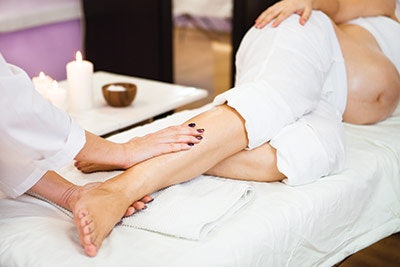
During pregnancy, blood volume can increase up to 60%. As the pregnancy advances, the uterus enlarges and venous blood circulation to the heart is impaired. Pregnancy increases progesterone, causing constriction of blood vessels, which can lead to varicose veins and fluid retention.
The hormone relaxin is also increased to loosen muscles and joints and allow for stretching in preparation of birth.
Make sure that all of your consultations include a question about pregnancy, to ensure that all treatments performed on a pregnant client are safe for them. If the client comes in for a prenatal massage, also include the following questions.
- How many weeks pregnant are you?
- Have you had a pregnancy treatment before?
- What are your main areas of concern?
- How does your skin and body feel?
- What is your current body care routine?
- Are you currently using any products to specially treat stretch marks?
- What results would you like from your pregnancy massage today?
Frequency and Duration
The first prenatal massage should occur after the 12th week of pregnancy (first trimester). After the first trimester, massage can be received as required. A series of six massages are recommended following the first trimester of pregnancy.
Depending on time frame booked or scheduled, ask what optional areas your client needs worked on. The 50- to 90-minute massage needs to cover the back, feet, baby bump, arms, shoulders and scalp. Allow for 25 to 30 minutes of this massage to be back massage only. Always adapt massage to focus on main concerns, and continuously check your client’s comfort throughout the massage.
Room Preparation and Client Care
Ensure room is safely set up, with no trailing wires, loose rugs, loose matts, etc. A stable foot stool and chair are essential. The treatment table must be able to adjust to a semi-upright position, as a pregnant client should never lie flat. Have pillows, cushions and bolsters to ensure your client is extremely comfortable.
Do not use aromatherapy, incense, burning candles or burning oils. Do not use a heated blanket or table warmer.
Make sure your client is comfortable. Always assist her in changing position, but allow her to move in her own time.
Position
The ideal position for massage during pregnancy is the sideline position with supportive pregnancy pillows and an adjustable massage table. This position alleviates extra strain on the lower back and pelvic area where the muscles support the baby, as often recommended by doctors and midwives. When massaging a pregnant client, positioning becomes critical, as it has to be specific for her needs. You have to be extremely comfortable with the positioning and proficient in either sideline or sometimes prone positions with cushions during pregnancy.
Use Caution
The pregnant body has specific areas that should be avoided during massage, as described below.
Ankles. There are reflexology points on the ankles that trigger the ovaries (outside of ankles) and the uterus (inside the ankles).
Tops of feet. The reflexology points for the breasts are on the top of the feet near the toes. This area can feel tender during pregnancy or breast feeding, so it is best to avoid it during massage.
Ear. The ear represents the fetus in traditional Chinese medicine. Therefore, it is best to avoid doing massage here.
Shoulder. At the top of the trapezius muscle in the middle of the shoulder, there is a point that can induce labor.
Spine. Exercise caution around spinal pressure points, as there is increased sensitivity due to changes in spinal position.
Sacrum. Avoid pressure points in the sacrum due to increased sensitivity from changes to pelvic position in preparation for birth.
Lymph nodes. Be cautious around all major lymph nodes as the client may feel tender around these areas (due to increased blood flow and more lymph circulation). Gentle drainage towards these areas will be beneficial.
Although prenatal massage is a great way to help the pregnant client relax and ensure their well-being, there are a number of conditions where prenatal massage is contraindicated (see Prenatal Massage Contraindications).
It is wise for massage therapists to obtain medical clearance from either the doctor or midwife prior to performing prenatal massage. If you manage a spa, make sure the procedure for prenatal massage includes obtaining this clearance.
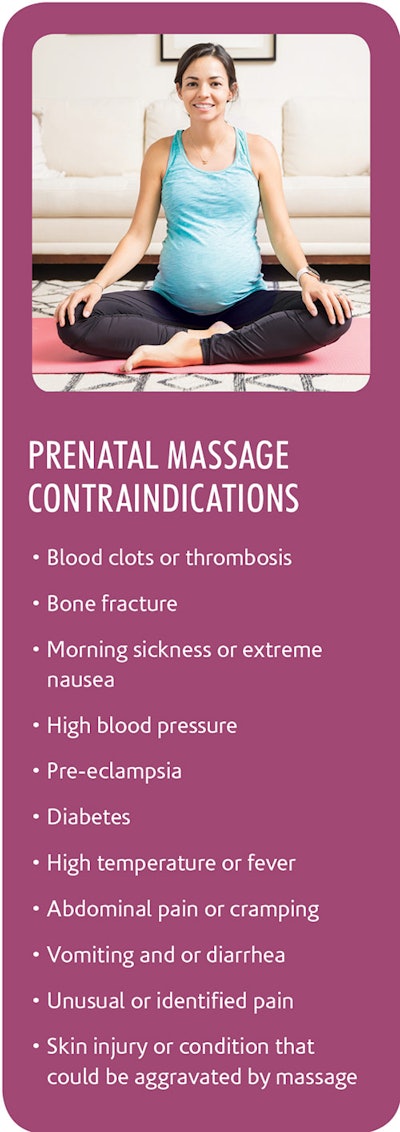
Additional Recommendations
Prenatal massage is not just great for pregnant clients. It can also be recommended to breastfeeding mothers, post-natal clients, those trying to conceive and post-operative clients.
Also, don’t forget that there are a number of services at the spa that pregnant women would find enjoyable that would also help them relax and feel beautiful. Recommend facials, although advise estheticians to avoid specific shoulder and ear pressure points. Pregnant women would certainly love a manicure and pedicure, and an eye treatment would be greatly appreciated due to their lack of sleep.



